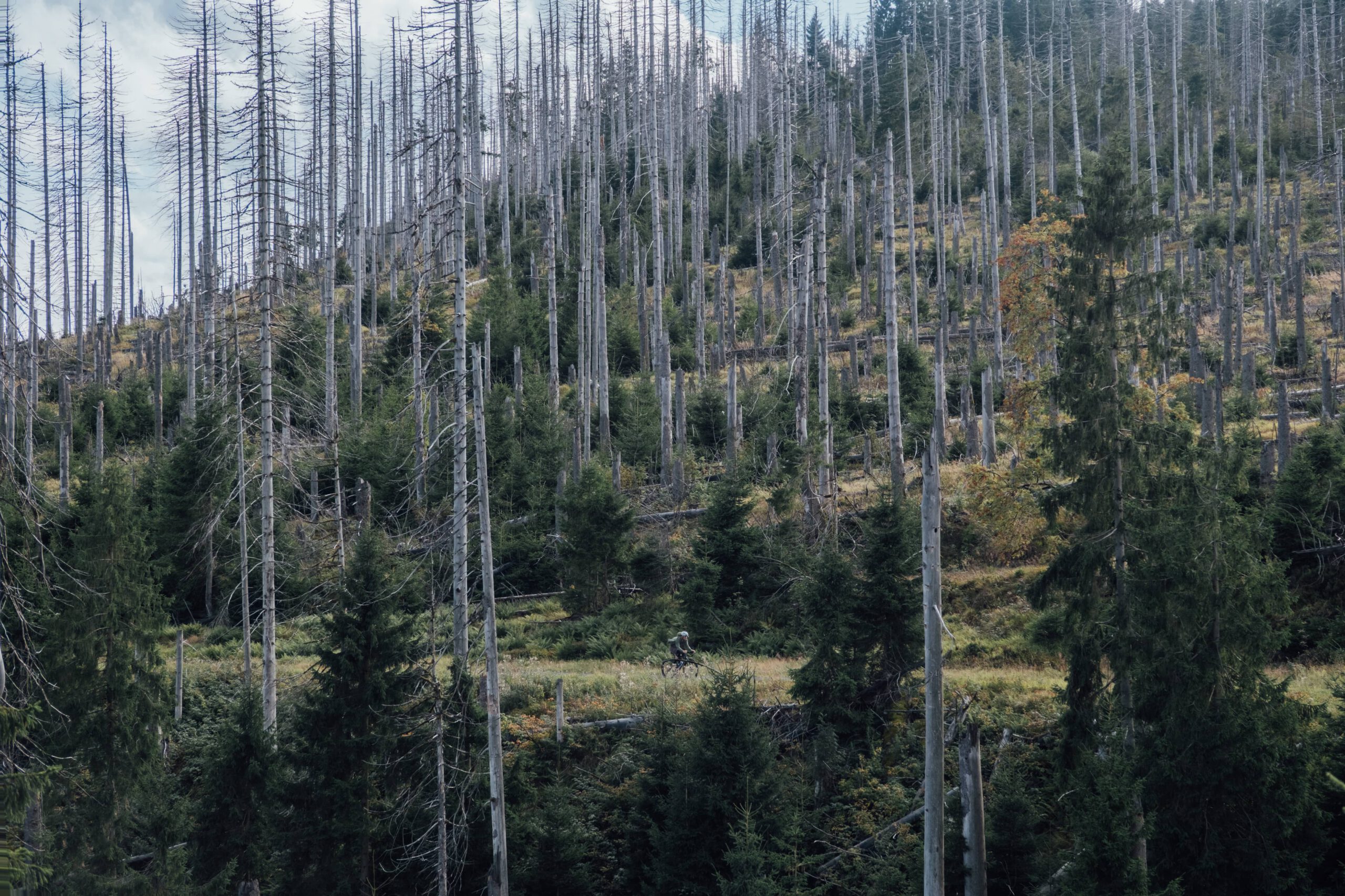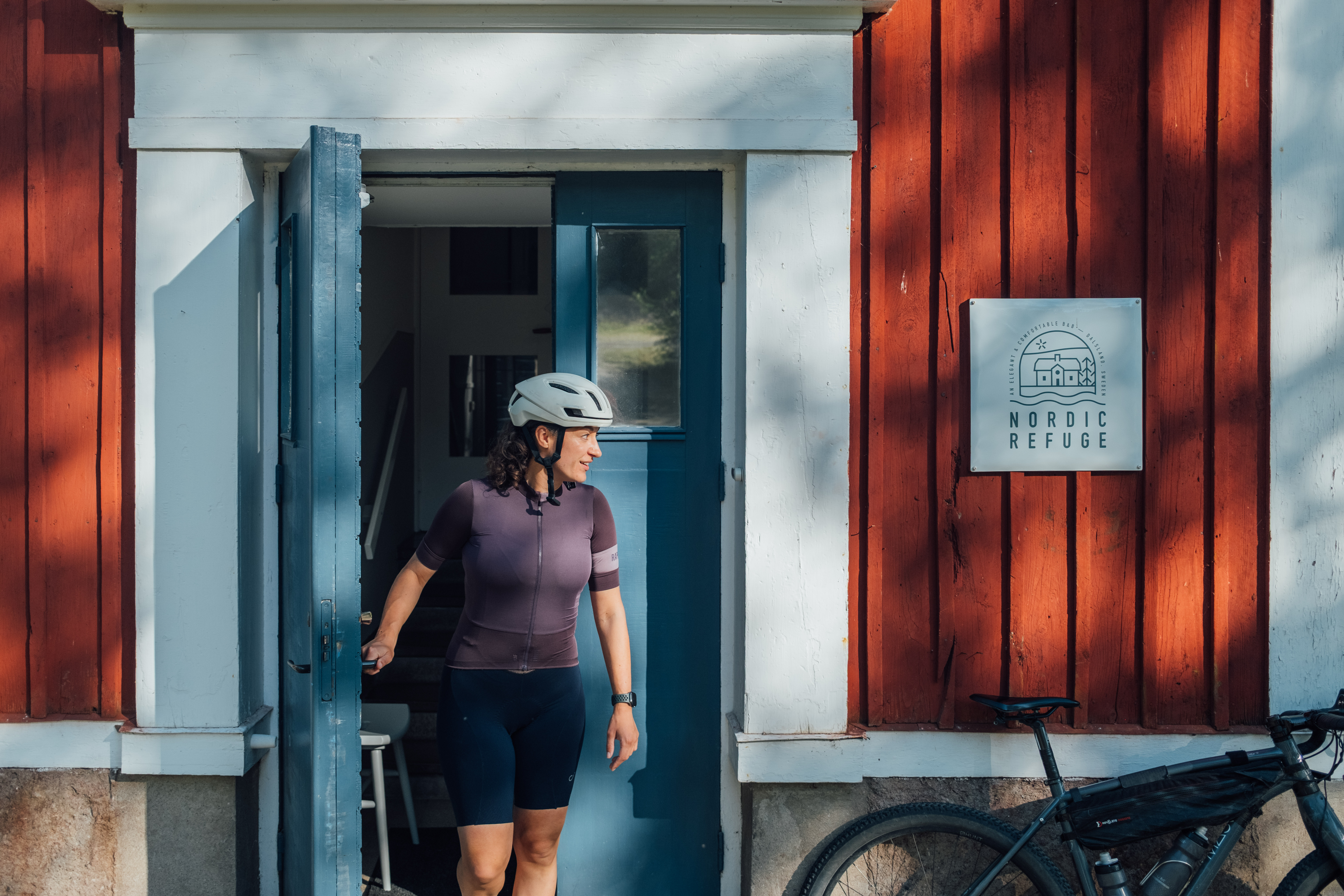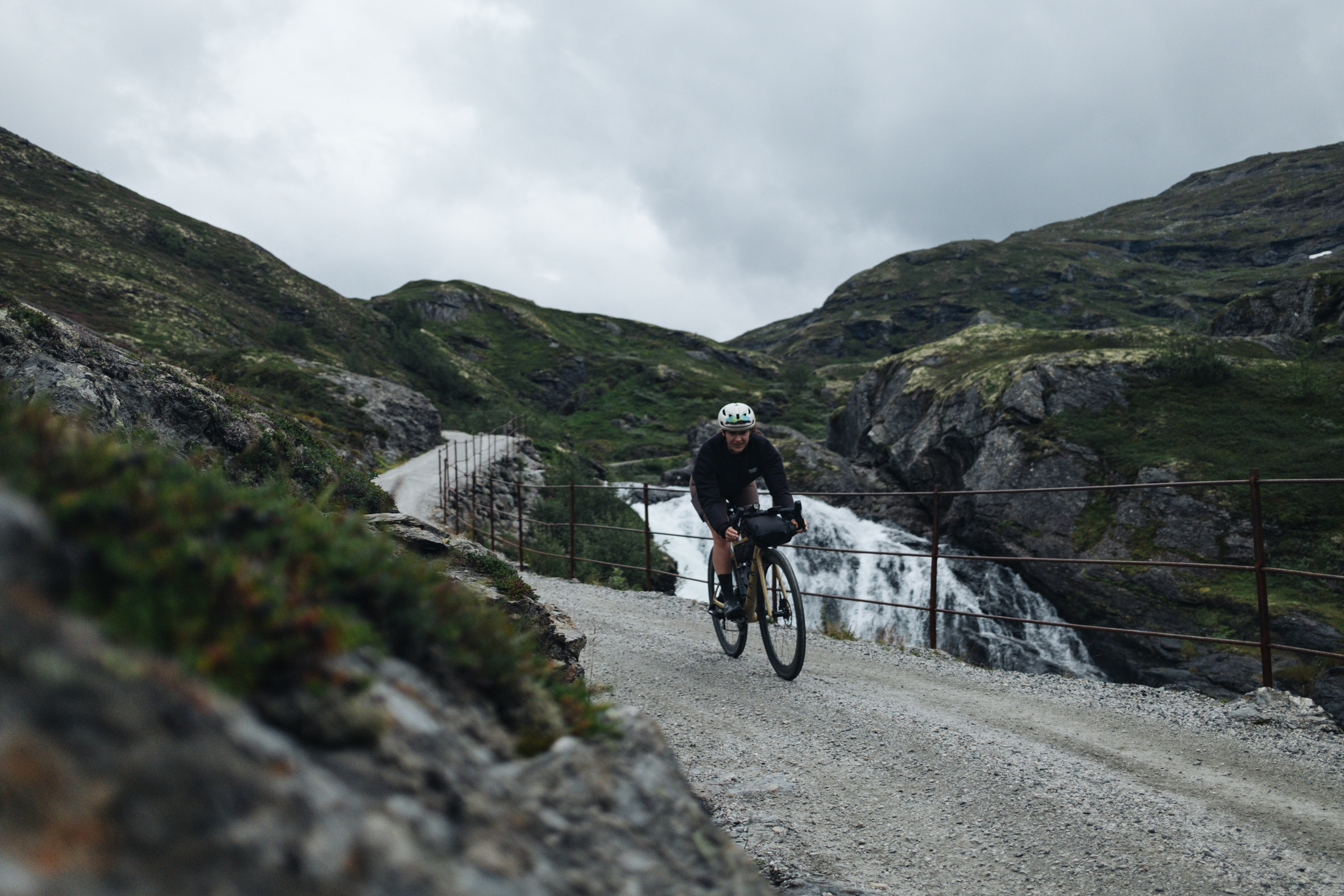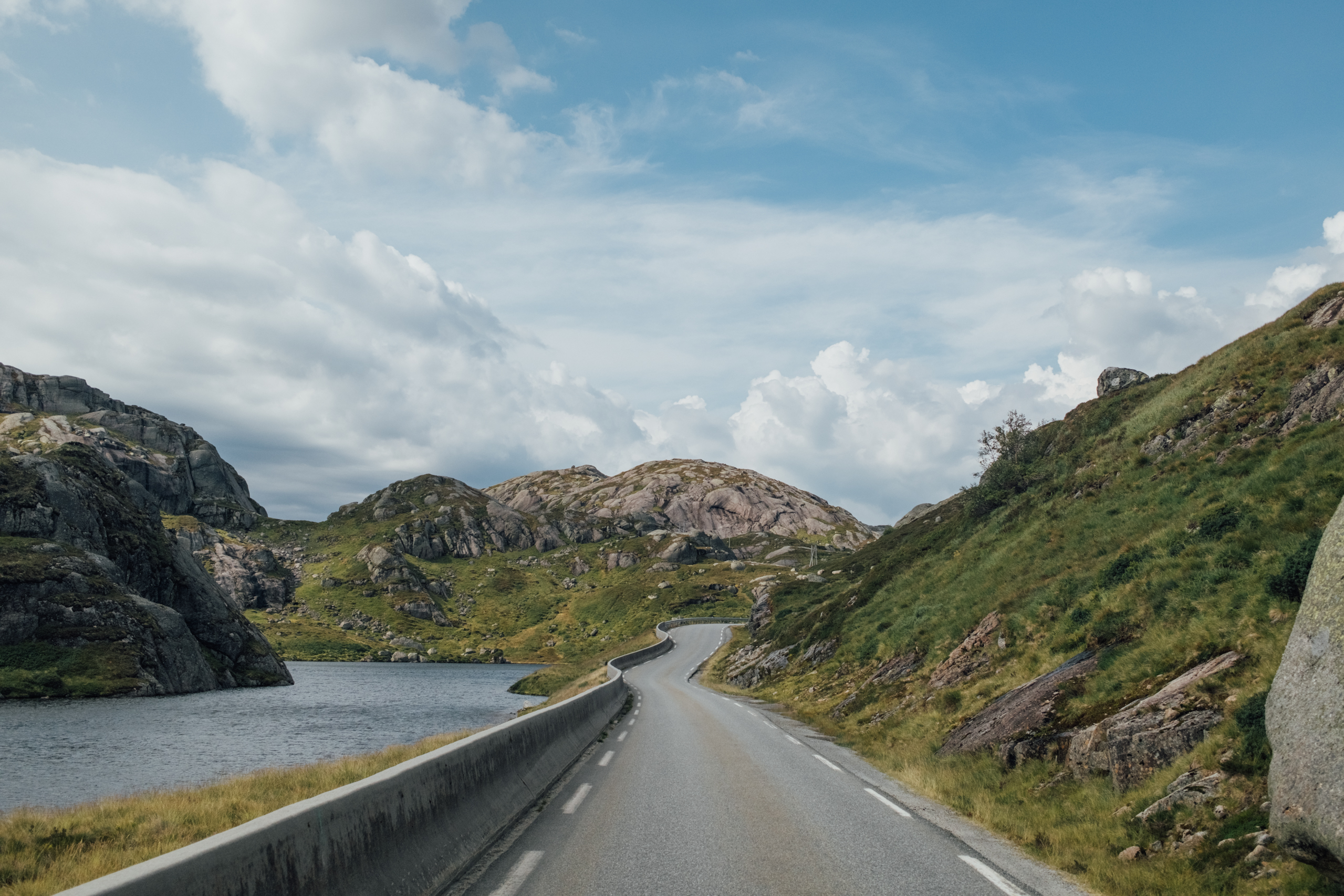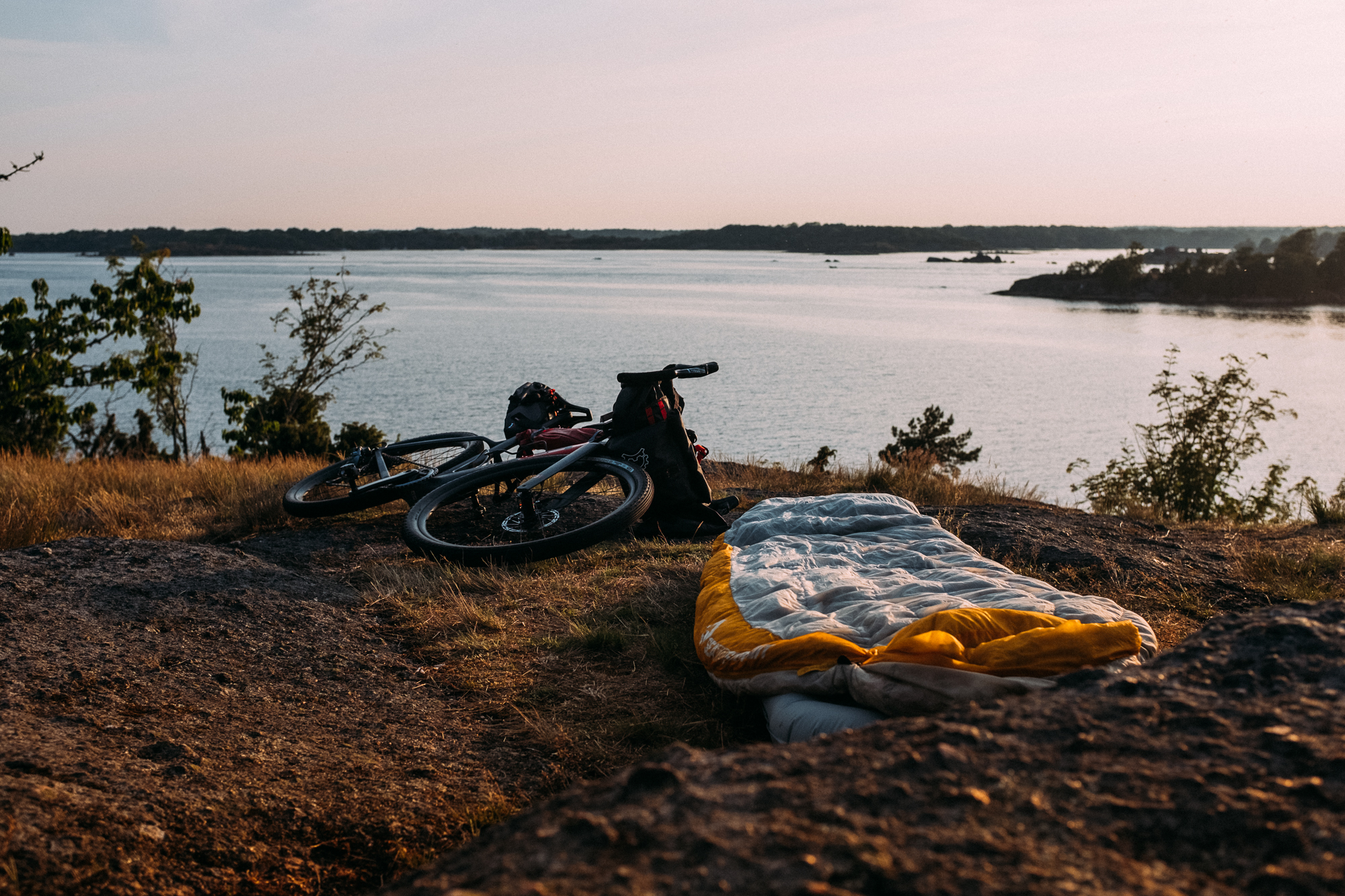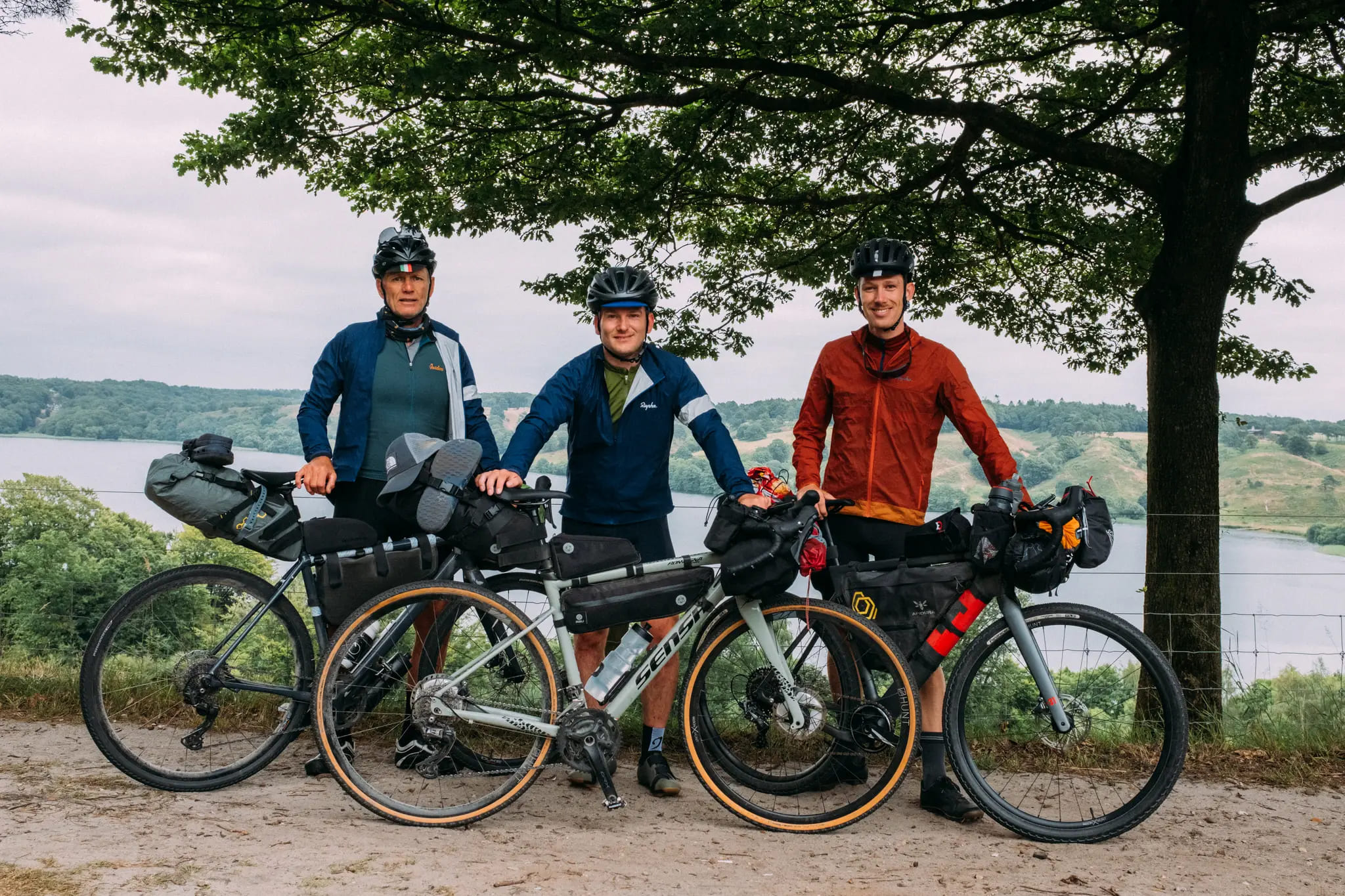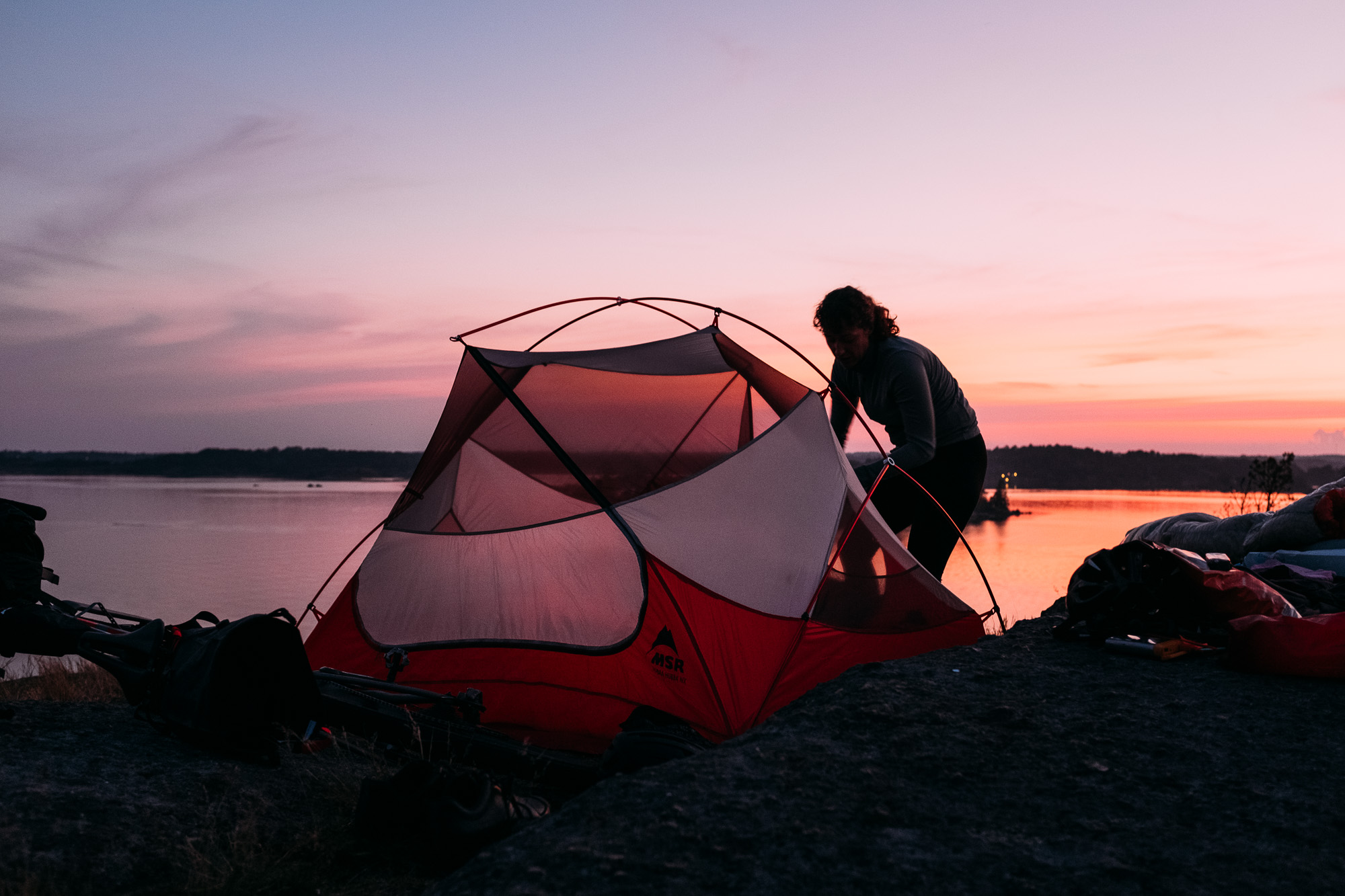Robin & Sabina
-
Cycling Rallarvegen – Norway’s Most Scenic Gravel Route
When we first decided to cycle the Rallarvegen, we knew we were in for some stunning landscapes, but nothing could have prepared us for the sheer beauty of this iconic Norwegian gravel route. Starting from Haugastøl, we only made it to Finse on our first day (thanks to a very late start). The scenery was
Written by

